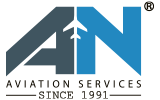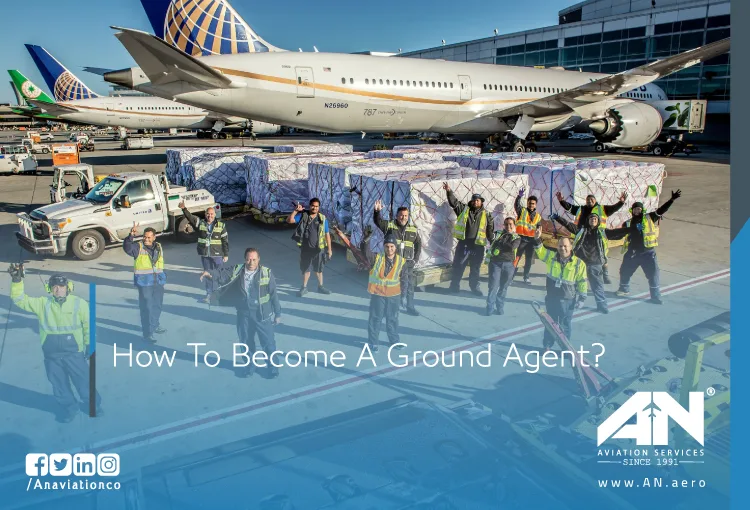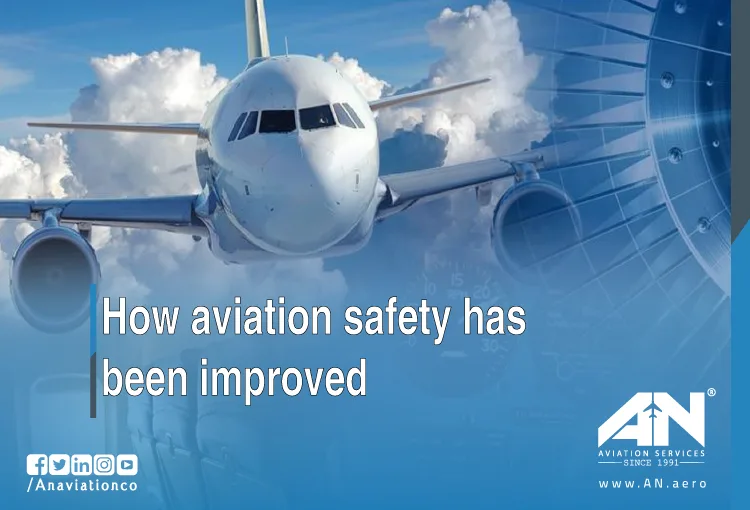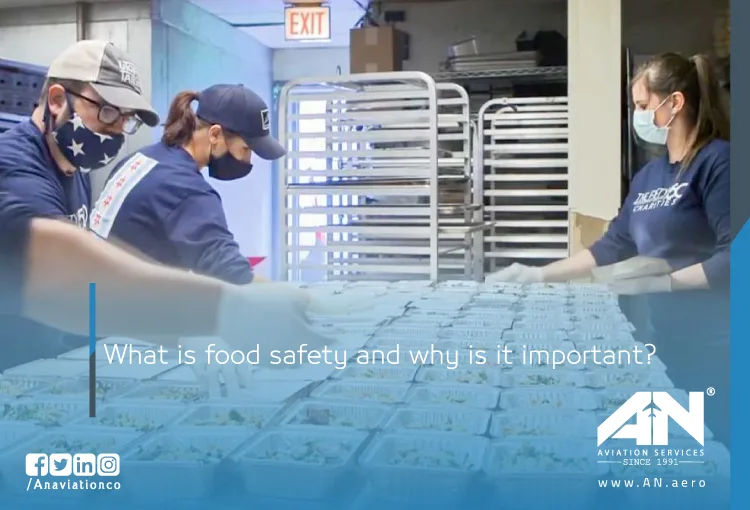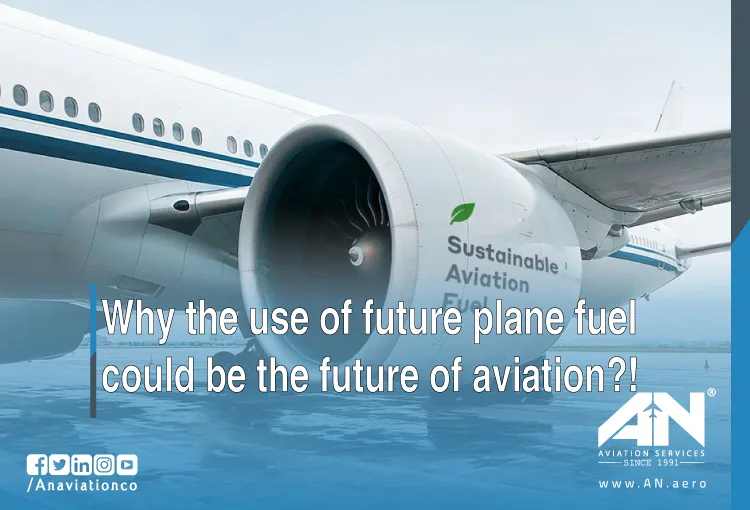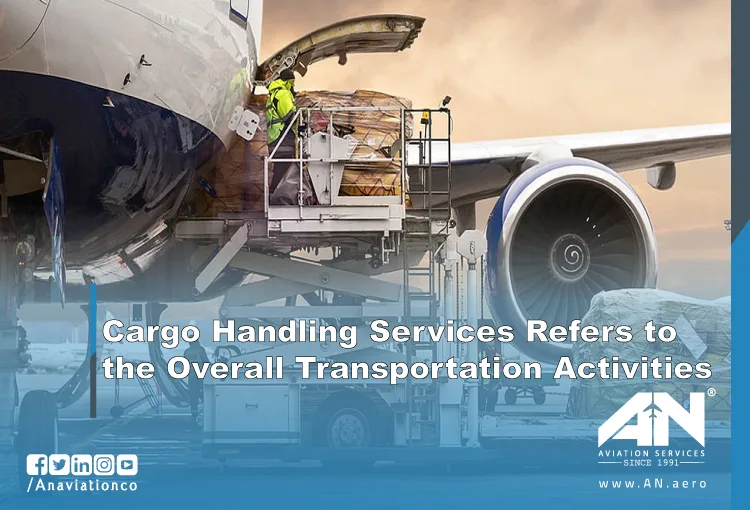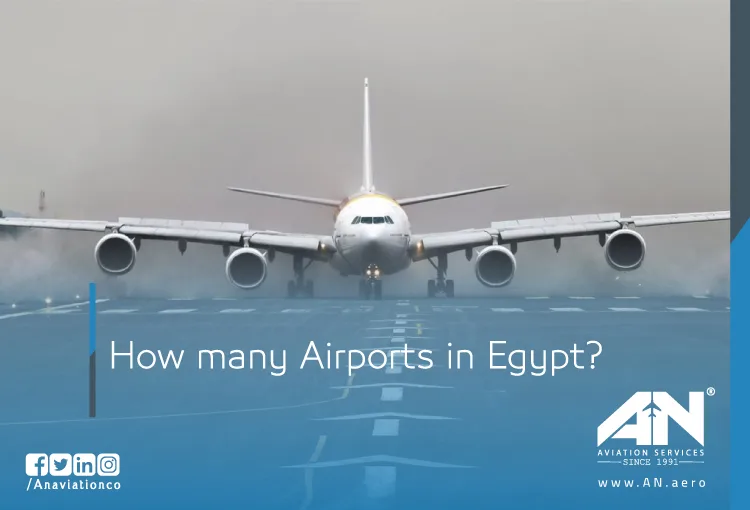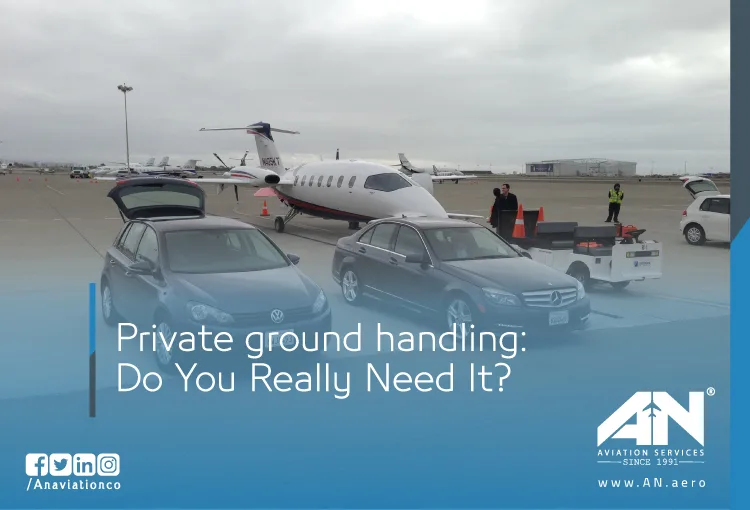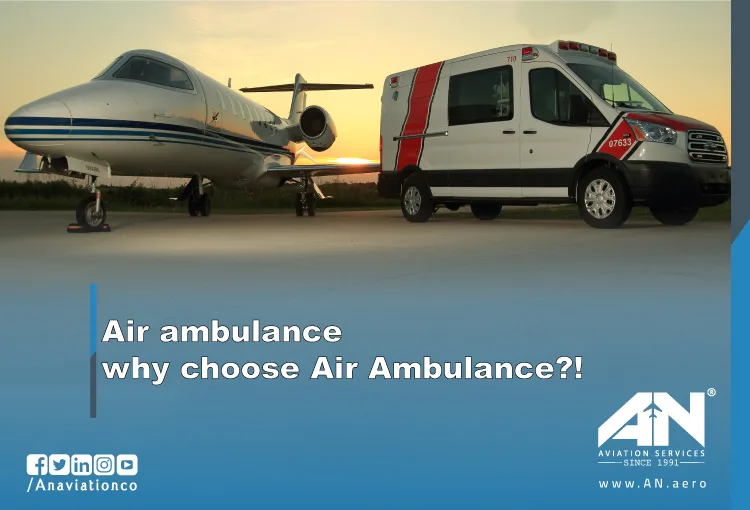The aviation industry relies on numerous professionals working behind the scenes to keep flights running smoothly.
The aviation industry has long been considered one of the safest modes of transportation in the world.
Food safety might not be the first thing that comes to mind when you think about aviation, but it plays a critical role in ensuring the well-being of passengers and crew.
As the aviation industry takes significant steps toward becoming more environmentally sustainable, the concept of future airplane fuel has emerged as a groundbreaking innovation that could redefine air travel.
In the dynamic world of global logistics, cargo handling services form the cornerstone of efficient transportation activities.
Egypt, a country rich in history and culture, also boasts a well-connected aviation network that serves millions of passengers each year.
From seamless arrivals to personalized service, the experience of flying privately is designed to offer a level of comfort and efficiency that commercial flights simply can’t match.
When road transport can’t meet the demands of the patient’s condition, air ambulance services step in as a life-saving solution.
